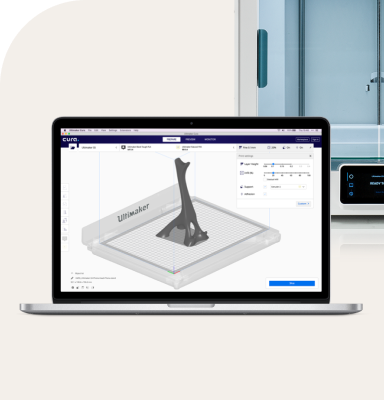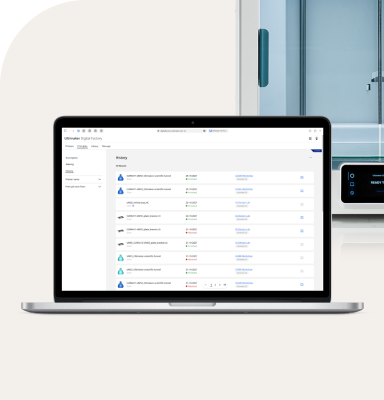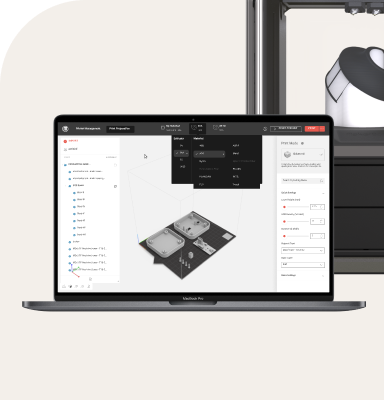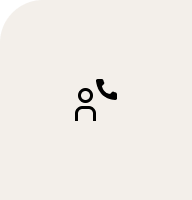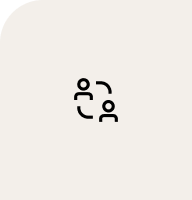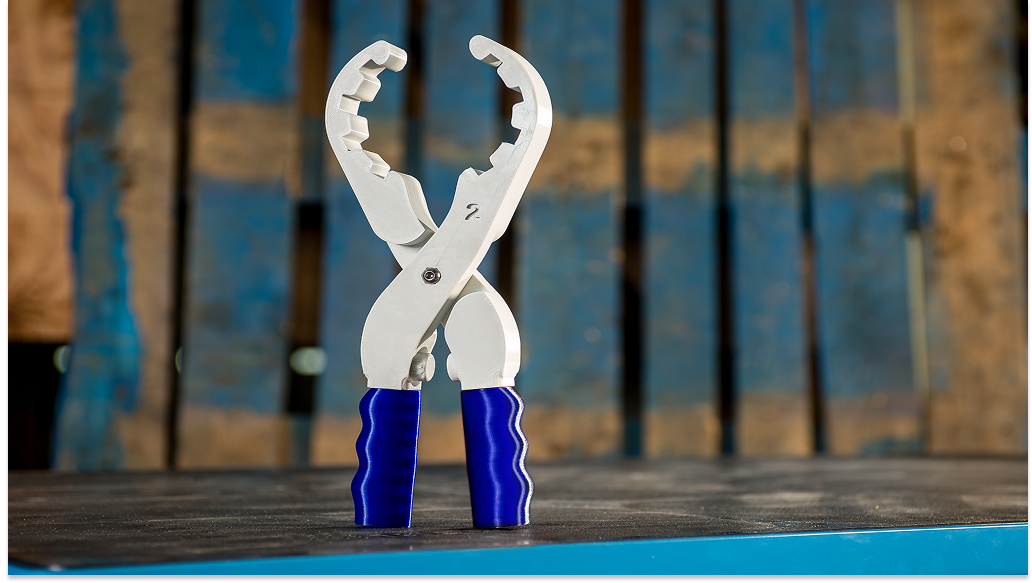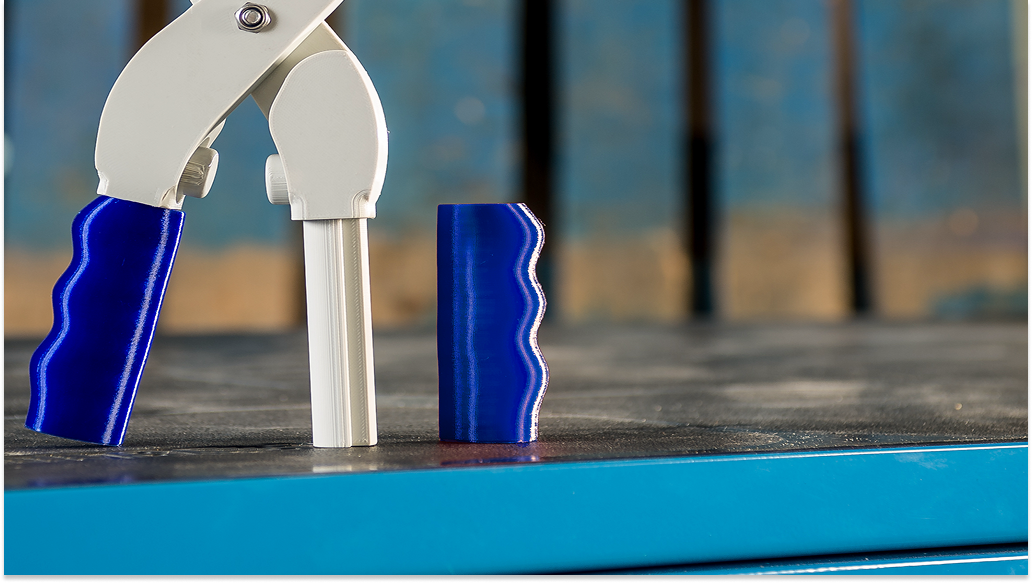Welcome to our application spotlight series, where we showcase real-world 3D-printed solutions that solve industrial challenges. Each featured part demonstrates how 3D printing can reduce costs, accelerate lead times, and unlock new design possibilities.
In this article, we’re highlighting a customized maintenance wrench, an essential tool on many packaging lines.
Designed by Heineken Sevilla with operator comfort in mind, this 3D-printed wrench is built for demanding use and demonstrates how additive manufacturing can deliver smart, cost-effective upgrades to even the most familiar tools.
Reengineering a shop floor essential
Maintenance crews on packaging lines regularly use heavy-duty wrenches to tighten or loosen large nuts during equipment servicing. Traditionally made from stainless steel, these tools are durable but expensive, with long lead times. More importantly, they’re rarely optimized for user comfort or tailored to the specific needs of individual machines.
By leveraging 3D printing, this ergonomic wrench was redesigned to improve grip, reduce operator fatigue, and dramatically lower production costs—all while maintaining the strength needed for demanding tasks, such as loosening and tightening the capping module of the packaging machine. It also features the ability to slide on different shaped grips - big, small, or fully customized - making it adaptable to various user needs and enhancing comfort even further.
Resources saved
Thanks to 3D printing, Heineken Sevilla could spare both time and money compared to traditional manufacturing methods. With in-house 3D printing, companies can react fast when a spare part or tool is needed, minimizing any downtime.
Traditional manufacturing
- Material: Stainless steel
- Lead time: 2 weeks
- Cost: ~€600
3D printing with UltiMaker
- Material: UltiMaker CPE + TPU 95A
- Time: Less than 1 week
- Cost: €20
- Cost saving: 97%


